What are the HIV mouth symptoms?
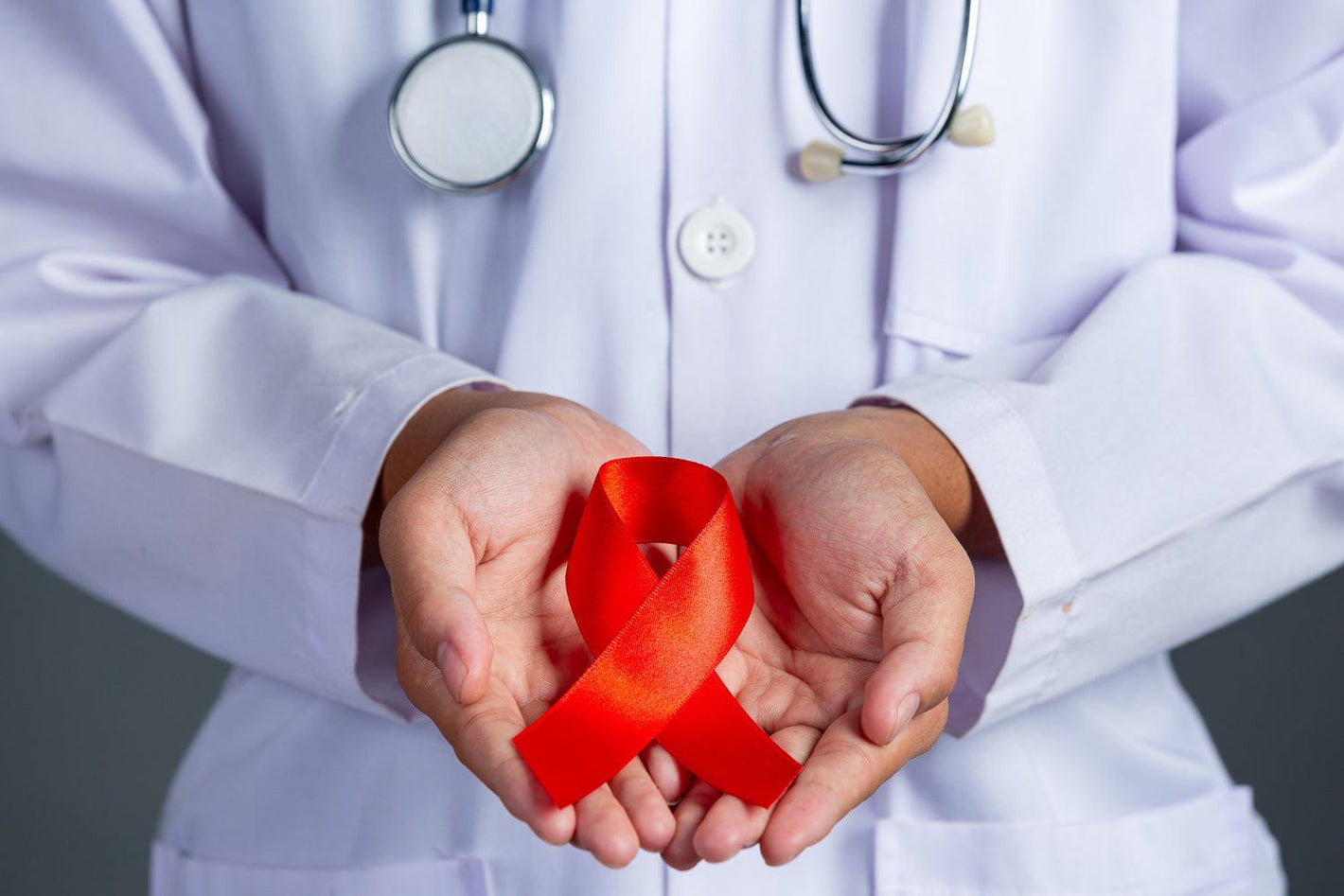
Related products
What’s covered?
What is HIV?
The human immunodeficiency virus (HIV) is a virus that mainly targets our body’s immune system, interfering with the body’s ability to fight infection and disease, which makes a person more susceptible to infections. Infection usually leads to a syndrome called acquired immunodeficiency syndrome (AIDS).
At present, HIV/AIDS has no known cure but with the right medications and precautions, controlling the infection is possible. The major risk factors for acquiring the virus include having multiple sexual partners and contact with infected body fluids like blood, semen, or vaginal fluids. It can also be transmitted from a mother to a child through the placenta.
If you are ever worried about your HIV status, be sure to take a look at our list of rapid tests, available here. Symptoms will vary depending on the stage of infection but might include a fever, headache, rash, or sore throat. As the disease progresses, other signs and symptoms may develop, such as swollen lymph nodes, weight loss, fever, diarrhoea, and cough.
What are the oral manifestations of HIV?
HIV-positive patients are 70-90% likely to develop oral lesions during the disease. Oral lesions can be classified based on their cause. According to the University of British Columbia Dentistry, the oral manifestations of HIV are as follows:
Fungal lesions
- Oral Candidiasis (Thrush): whitish yellow, soft and creamy patches that can be scraped off.
- Angular Cheilitis (Perleche): cracking at the corners of the mouth.
Viral lesions
- Oral Hairy Leukoplakia white streaky, hairy patches usually on the side of the tongue that cannot be wiped off
- Aphthous Ulcer: a small, shallow sore inside the mouth or at the base of the gums
- Herpes simplex virus (HSV 1 & 2): single or multiple bubbles typically rupture to cause painful ulcers.
- Herpes zoster virus (Shingles): unilateral, with skin and mucosa eruption of maculopapular, linear, clustered vesicles(bubbles)
- Human Papillomavirus (HPV): white or pink warts that are single or multiple.
- Cytomegalovirus (CMV): painful, large, sharply demarcated, non-specific, and punched out usually on the roof of the mouth or the gums but occasionally on the cheeks, lips, tongue, and pharynx.
Bacterial lesions
- Linear Gingival Erythema: distinct red banding along the gingival margin Not Transmissible
- Necrotizing Ulcerative Gingivitis: painful, swollen, red, bleeding gums with ulcers and foul mouth odour.
- Necrotizing Ulcerative Periodontitis: rapid destruction of gum tissue and supporting bone, associated with foul odour and pain.
Neoplastic
- Kaposi’s Sarcoma can be blue, red, or purple, one or more, raised or flat, macules, papules, or patches on the palate (most commonly in the roof of the mouth, hard and soft palates), gums, cheeks, and/or tongue.
- Non-Hodgkins Lymphoma Rapidly growing masses or macules or nonhealing ulcers anywhere in the mouth.
- Squamous Cell Carcinoma (cancer) May present as leukoplakia (whitish), erythroplakia (reddish), or a combination of both, or as ulcers or masses.
In summary, HIV infection can target the immune system and weaken it, which leads to multiple symptoms if not diagnosed and treated early on. If left untreated, HIV can progress to affect every system in your body, causing AIDS. Simple HIV tests are available here. Knowing the risk factors and avoiding them is key to preventing HIV infection.




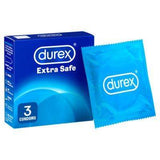



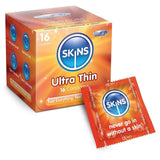




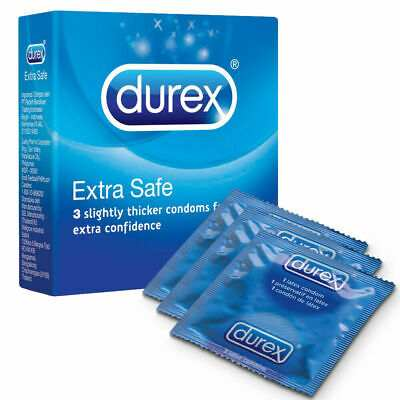


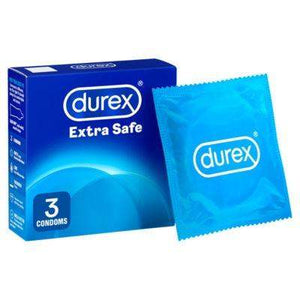


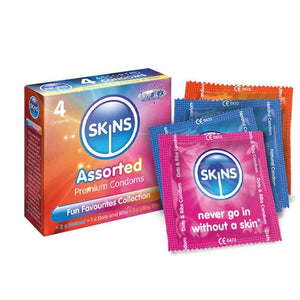




 Rated Excellent by 26,523+ Reviews
Rated Excellent by 26,523+ Reviews